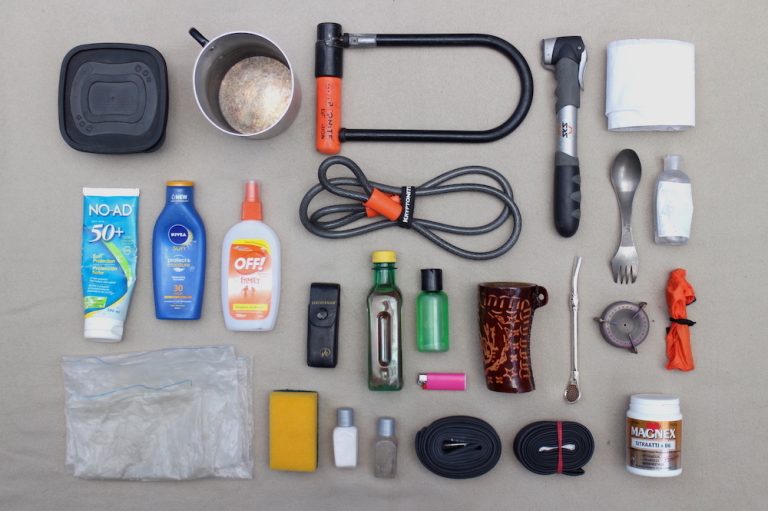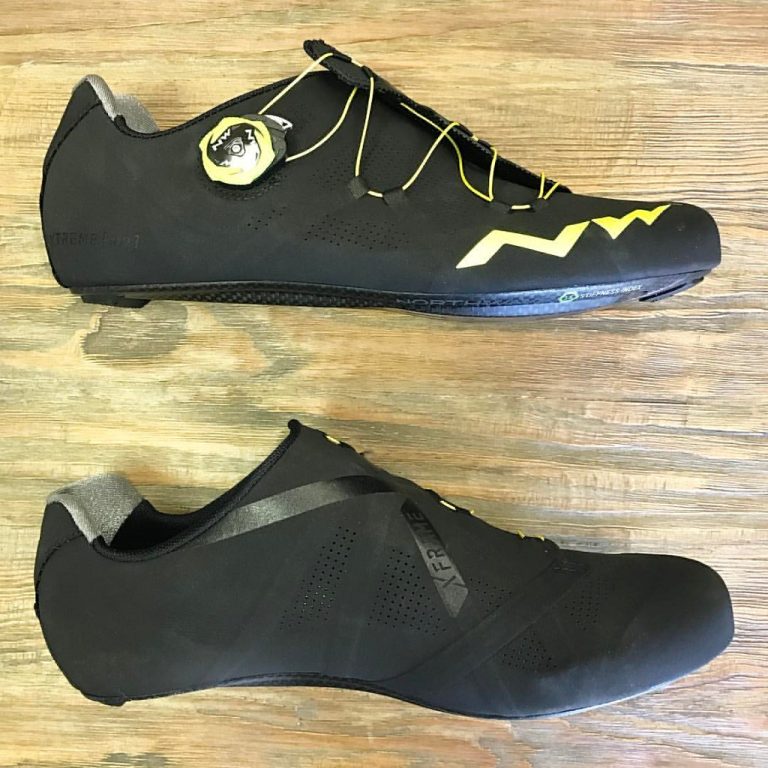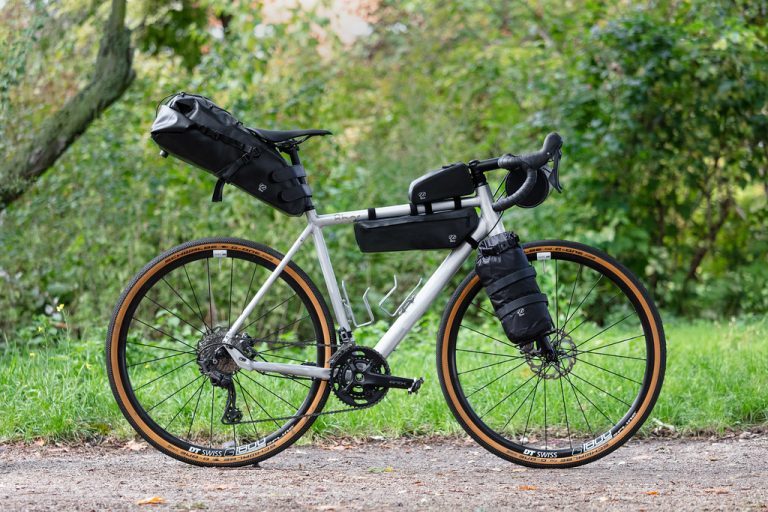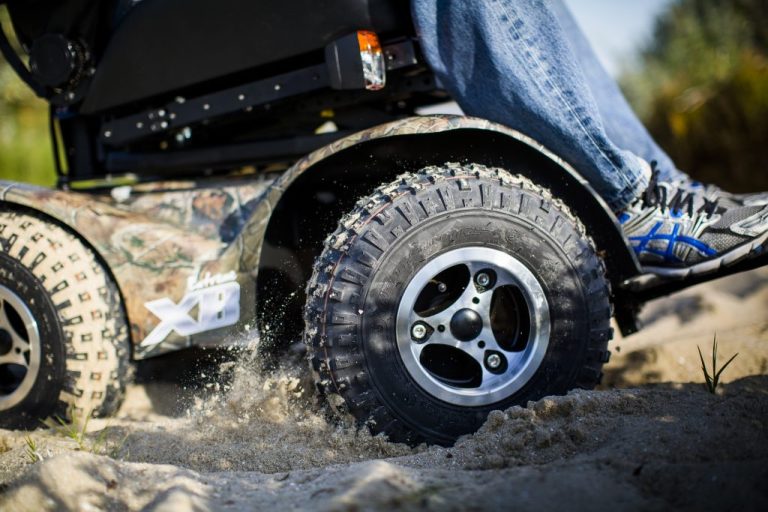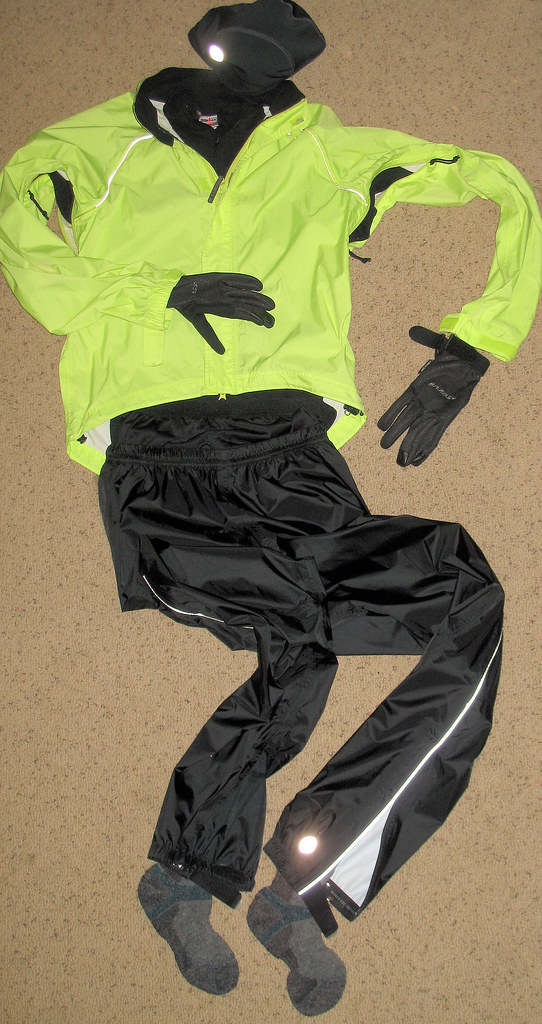helmets Suitable for Ultra-endurance cycling
Introduction
Cycling is more than just a means of transportation or a casual hobby; for many, it becomes a passion, especially in the world of ultra-endurance cycling. One of the most critical gear components in this challenging discipline is a helmet. A helmet suitable for ultra-endurance cycling should provide not only safety but also enhance performance and comfort. Riders face grueling conditions over long distances, so a well-suited helmet can make all the difference. Here, we delve into the important aspects of choosing the right helmet for this demanding sport, considering factors like lightweight helmets, aerodynamic design, and safety standards, to boost cycling performance.
Choosing the Right Helmet for Ultra-Endurance Cycling
Selecting the right helmet can be daunting, especially when faced with a plethora of options. Understanding specific needs and features unique to ultra-endurance cycling can simplify this process.
Lightweight Helmets
When covering distances that span hundreds of miles, every ounce matters. Helmets crafted from materials like carbon fiber, which are both light and strong, are ideal for reducing fatigue over long rides.
Aerodynamic Design
Aerodynamic design in helmets helps reduce wind resistance, allowing cyclists to pedal more efficiently. Aero helmets are designed to streamline airflow, making them perfect for maintaining speed over extended periods.
Ventilation and Comfort Fit
Ventilation is crucial to prevent overheating. Helmets with strategically placed vents ensure head cooling, making them comfortable for prolonged wear. Comfort fit is also enhanced by adjustable straps and moisture-wicking padding.
Safety Standards and Impact Protection
Safety is paramount, and helmets must meet rigorous safety standards. Technologies like MIPS help reduce rotational forces during impacts, offering additional protection.
Durability and Multisport Compatibility
Durability is essential, as helmets endure harsh conditions. Many cyclists prefer helmets with multisport compatibility, meaning they can be used for other activities such as mountain biking, without compromising safety.
Weight Distribution and Adjustable Features
A well-balanced helmet ensures that the weight is equally distributed across the head, preventing neck strain. Features like a micro-dial fit system allow for easy adjustments to fit different head sizes snugly.
Training Techniques for Cyclists
Having the right helmet is just one part of the puzzle. Training techniques play a crucial role in ultra-endurance cycling.
Power-based Training
Cyclists can measure their power output using power meters to tailor their training regimens. This method can significantly improve cycling performance over time.

Interval Training for Cycling
Incorporating high-intensity interval training helps cyclists increase their endurance and speed. Regular intervals can build stamina needed for long-distance rides.
Best Nutrition Practices for Cyclists
A helmet isn’t enough to ensure endurance without proper nutrition.
Hydration and Energy Management
Staying hydrated is critical, as it helps regulate body temperature and maintain energy levels. Consuming energy gels or bars can provide a quick energy boost during races.
Recovery Nutrition
Post-cycling nutrition is crucial. Consuming a blend of proteins and carbohydrates helps in muscle recovery and prepares cyclists for their next ride.
Cycling Safety Tips
Safety is always a priority in cycling, and while helmets play a significant role, other practices also contribute to overall safety.
Visibility Enhancements
Many helmets come with features like integrated lights or reflective materials, which improve visibility during dawn or dusk cycling.
Proper Maintenance
Regularly checking for helmet wear and tear is essential. Damaged helmets can compromise safety, so timely replacement is advised.
Data, Metrics, and Studies
Understanding data can enhance training and improve cycling strategies.
VO2 Max Improvements for Cyclists
VO2 Max is a measure of an individual’s aerobic fitness. Improvement in this metric often correlates with enhanced cycling endurance. Studies suggest targeted training can improve VO2 Max by up to 20%.
Benefits of Using Power Meters
Power meters offer precise insights into cycling performance, enabling riders to track their progress and tailor their training plans effectively. Adopting this tool can improve average speeds and overall efficiency.
User Intent and Benefits
Meeting the specific needs and intents of cyclists is crucial.
How to Improve Endurance
In addition to helmets, training and conditioning techniques improve endurance. Cyclists should focus on building strength through resistance training and enhancing cardiovascular fitness.
Cycling Techniques for Beginners
Beginners should focus on core stability, proper gear shifting, and maintaining a consistent cadence to ensure a smoother ride.
Optimizing Cycling Workouts
Cyclists of all levels can benefit from structured workouts. Incorporating hill climbing, sprinting, and steady-state rides can build a comprehensive fitness base.
SEO and Readability
To reach a broader audience and improve search rankings, using the keyword ‘helmets suitable for ultra-endurance cycling’ naturally within the text is essential. In addition, incorporating Latent Semantic Indexing (LSI) keywords such as ‘Cycling Fitness’, ‘Endurance Training’, and ‘Bike Maintenance’ boosts SEO, ensuring the content resonates with both beginners and seasoned cyclists.
Visual Content Suggestions
Including visuals like infographics can enhance understanding and engagement. Consider an infographic on ‘Cycling Cadence Improvement’ alongside a diagram that illustrates ‘Heart Rate Zones’, while charts for ‘Training Progress’ can provide clear insights into performance improvements.

FAQs
What should I look for in a helmet for ultra-endurance cycling?
Consider factors such as weight, aerodynamics, ventilation, and safety features like MIPS technology for optimal protection and comfort.
How often should I replace my cycling helmet?
It’s recommended to replace your helmet every 3-5 years or immediately after any severe impact, even if no damage is visible.
Are carbon fiber helmets worth the investment?
For serious ultra-endurance cyclists, the weight savings and strength of carbon fiber helmets make them worth considering, especially over long distances.
Can I use the same helmet for road cycling and mountain biking?
Some helmets are designed for multisport compatibility, but ensure it meets the safety standards for each discipline.
How do I ensure my helmet fits properly?
Adjust the straps for a snug fit and use the micro-dial system, if available, to fine-tune the helmet position.
Conclusion
In ultra-endurance cycling, choosing the right helmet is critical not only for safety but for enhancing performance over countless miles. From lightweight and aerodynamic designs to advanced safety technologies, selecting a helmet that meets individual needs can significantly impact overall cycling experience. Whether you are an aspiring athlete or a seasoned cyclist, investing in suitable protective headgear and integrating effective training methods can elevate your cycling to new heights. Enthusiastic about taking the next step? Share your experiences or questions in the comments below and embark on your journey to peak cycling performance.

